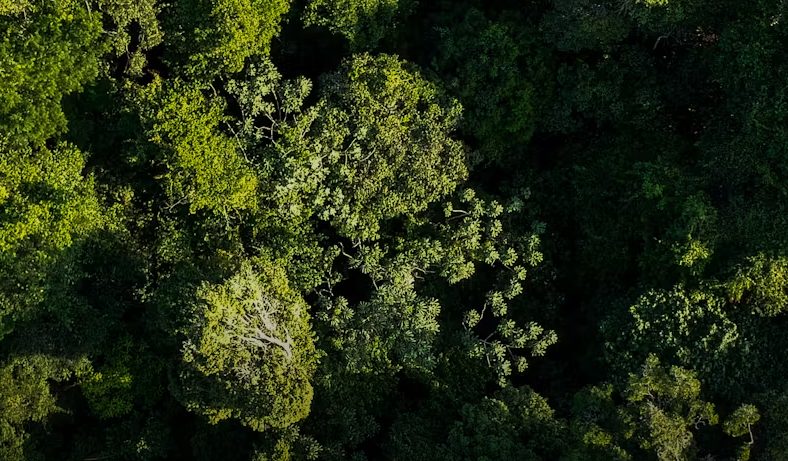
Protected forests keep significantly more climate-warming carbon out of the atmosphere than unprotected forests, according to a new study. The research, published in the journal Nature Communications, illustrates just how important protected areas are in the fight to curb climate change.
Like a lot of research about earthly ecosystems, this analysis started in outer space.
The researchers, including scientists from Conservation International, used data generated by a laser mounted on the International Space Station. The laser’s mission — called the Global Ecosystem Dynamics Investigation (known as GEDI and yes, it’s pronounced “Jedi,” as in “Star Wars”) — was to create the first-ever three-dimensional map of the world’s forests. This map is the first to measure the structure and health of forests on a global scale, enabling researchers to calculate the full amount of carbon they store.
What they found: Forests that are in protected areas, like national parks or wilderness preserves, keep an additional 10 billion metric tons of carbon out of the atmosphere. That’s the equivalent of one year’s worth of global fossil fuel emissions.
The GEDI project, housed at the University of Maryland, offers an unprecedented view inside Earth’s forests, including trees’ height and the density of branches and leaves — one of the best measures of aboveground carbon storage.
“We’ve never before had access to data over such a broad area — and with this level of detail,” said Conservation International scientist Patrick Roehrdanz, a study co-author. “It proves that protected areas are excellent at stashing away carbon and stabilizing the climate.”
To understand how effective protected forests and other areas are at storing carbon — and combating climate change — researchers analyzed billions of 3D measurements of forest canopy structure and biomass, comparing data from protected areas to unprotected areas with similar ecological conditions, such as climate patterns. The only difference between the forests was their protected status.
“Some ecosystems are naturally more carbon-dense than others,” said Conservation International scientist Seb Costedoat, another co-author of the study. “What sets this study apart is the apples-to-apples comparison that allows us to isolate the difference in carbon storage between protected and unprotected areas.”
Further reading: These ecosystems could determine our climate future
Protected forests support healthier ecosystems with larger, more mature trees than unprotected forests; researchers have long suspected that they also store much more carbon. The new study confirms that assumption and points to the ways nature is staving off the worst consequences of climate change, where humans have let it.
Reports from the Intergovernmental Panel on Climate Change (IPCC), a body of experts convened by the United Nations, warn that catastrophic climate impacts may soon outpace humanity’s ability to adapt. At the same time, though, the IPCC noted that three of the top five actions with the highest potential for curbing climate change are rooted in nature: stopping deforestation, restoring natural ecosystems and improving agricultural management.
Further reading: Experts see hope in a gloomy climate report
Amid global commitments to keep temperature rise to 1.5 degrees Celsius and protect 30 percent of the planet by 2030, Roehrdanz says this study shows that well-managed protected forests are an effective strategy to meet climate goals.
“Protected areas are an essential part of the conservation toolkit,” he added. “Looking to the future, this data opens a window of opportunity to help us understand how we can target areas that store the most carbon and therefore provide the most potential to mitigate climate change.”
This study was jointly funded by the National Science Foundation and NASA.
Mary Kate McCoy is a staff writer at Conservation International. Want to read more stories like this? Sign up for email updates. Also, please consider supporting our critical work.
